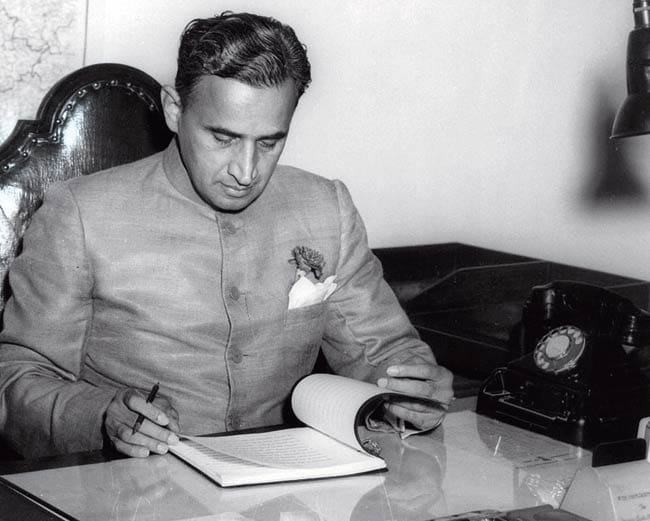Dictators and emperors have been some of the most cruel and craziest individuals in human history. Modern ones like Idi Amin, Hitler or Pol Pot have got drunk with power and committed terribly heinous acts. In ancient times, some of the Roman generals and emperors were extraordinary in lives of debauchery, violence and plain madness so much so that they defy imagination.
Julius Caesar(pic on top):
He was strictly the first among equals of the First Triumvirate that ruled Rome. Some of his acts include:
- He was against luxury and he sent inspectors to dining rooms to catch people eating illegal fine dishes.
- His public spectacles involved armies of infantry, cavalry and elephants fighting. The wild beast hunting parties went on for five days.
- His sexual escapades were numerous and had no rules. He was referred to as 'every woman's husband and every man's wife.'
- As a consul, he stole gold and replaced them with bronze.
Nero:
The infamous Nero (pictured above) fiddled while Rome burnt and his acts defy cross all limits.
- At night he would attack people going back from dinner, kill them with a knife and drop them into sewers without any reason whatsoever.
- He took a fancy to a boy Sporus, castrated him and married him. He was passionately fond of his mother Agrippina too. Subsequently, he also tried to murder her by various means and finally sicceeded in doing so.
-He once got disgusted by the old-fashioned buildings in a part of the city and set fire to them which lasted for a week. While the fire was raging, he sang ' The Fall of Troy'.
Caligula:
He was the third Roman emperor, ruled for less than 4 years and was insane, to say the least.
- He made his high officials run on foot beside his chariot for great distances in their togas.
- He had a wild animal retinue and once decide to feed them the meat of prisoners and watched it standing in the colonnade.
-He had sexual relations with hostages, his sisters and wives of all his nobles as he fancied.
- He had a cruel face and even after that, practised in front of a mirror to make his expressions more fearful.
Marcus Aurelius, much later, was the wise and thoughtful one.







